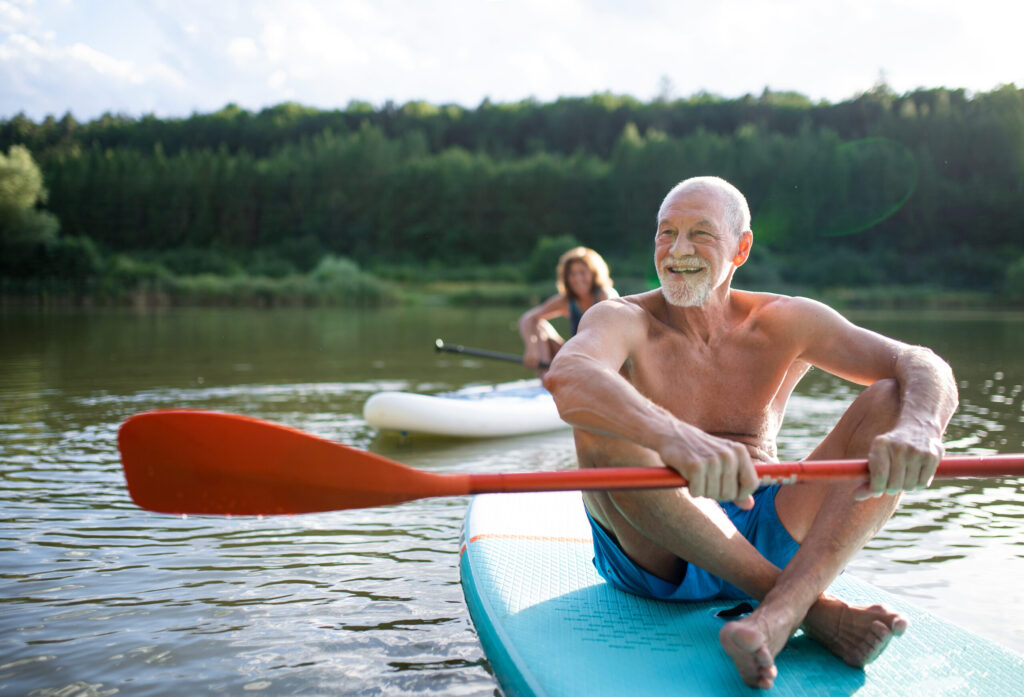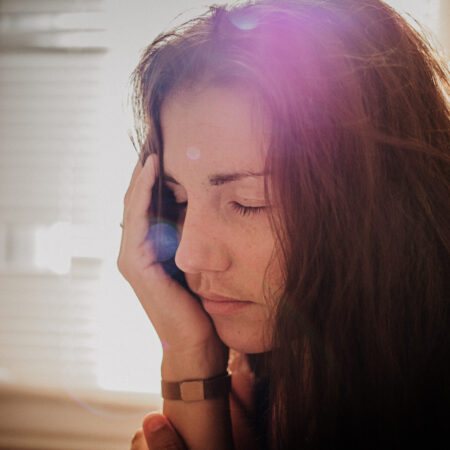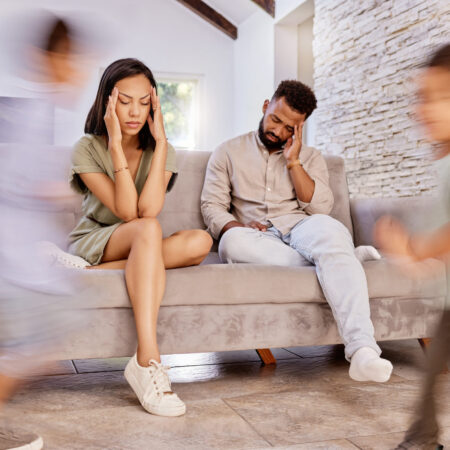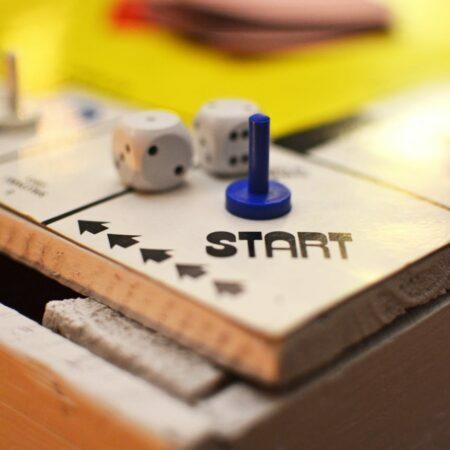Engaging in regular physical activity is essential at any age, but it becomes increasingly vital as we get older. Exercise comes with a plethora of health benefits, including improved strength, balance, and overall wellness. It can even slow the process of aging. This guide outlines practical tips for elderly individuals aiming to maintain an energetic and healthy lifestyle. Keep reading to discover more.
Understanding the Importance of Staying Active in Old Age
Staying physically active as you age plays a significant role in promoting healthy longevity. It helps to maintain mobility, enhances mental clarity, and can improve the quality of life. Moreover, regular exercise can stave off numerous health issues prevalent in old age like heart disease and diabetes.
Physical activity also helps improve emotional health by reducing feelings of depression and anxiety. It serves as a natural mood enhancer, promoting feelings of happiness and relaxation. As many older adults struggle with loneliness and isolation, staying active can provide them with a sense of purpose and motivation.
Furthermore, exercise can be a social activity that provides opportunities for elderly individuals to engage with their community. Organizations that provide services for the elderly, like this GoGoGrandparent Review, even suggest that group activities and getting outdoors can be vital for maintaining mental health.
A blend of regular physical activity with a balanced diet can provide older individuals with the energy they need to stay active and healthy. It’s crucial to understand that regular physical activity does not necessarily mean strenuous exercises; even light activities like gardening or walking can be beneficial.
Overcoming Challenges in Physical Activities in Old Age
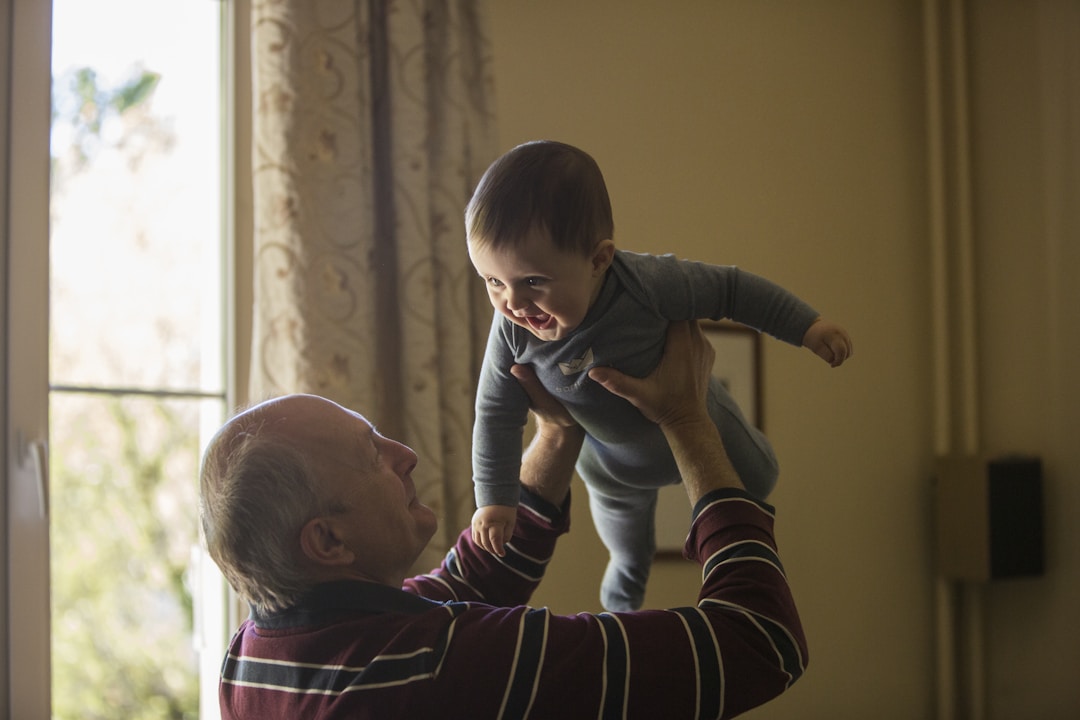
While the advantages of staying active in old age are plentiful, there can be several obstacles. Many elderly people struggle with health issues that impact their ability to exercise, such as arthritis, heart disease, or diabetes. However, this should not discourage individuals from staying active.
Adapting exercises to account for physical limitations is possible and can be beneficial. Many activities can be modified to be performed from a seated position or with the aid of a walker and handles. Also, physical therapy can help older persons regain their strength and mobility, making exercises more manageable and enjoyable.
Fear of falling or injuring themselves is another common concern among the elderly. However, engaging in appropriate exercises can actually decrease the risk of falling by improving balance, coordination, and strength.
Overcoming these challenges in physical activities in old age is as much about mindset as it is about physical ability. Having the determination and motivation to keep trying, despite the obstacles, can make all the difference in maintaining an active lifestyle in old age.
Beneficial Exercises for Elderly Individuals
When suggesting exercises for the elderly, it is essential to consider safety, accessibility, and personal preference. Not all activities are suitable for all older adults, so it’s vital to choose exercises that align with an individual’s physical capabilities and personal interests.
Some beneficial exercises for older persons include walking, swimming, cycling, and yoga. These activities are gentle on the joints and can be easily modified to accommodate varying fitness levels.
Strength training, when done correctly, can also be extremely beneficial for the elderly. It can help in building muscle mass that naturally declines with age, improve balance, and reduce the risk of falls.
Apart from physical exercises, cognitive activities such as puzzles, reading, or playing an instrument can also contribute positively to an older person’s overall well-being. They stimulate the mind, enhancing memory and problem-solving skills.
Ensuring Safety While Engaging in Physical Activities

Ensuring safety while staying active is paramount. Older individuals should always consult with a healthcare provider before starting new exercises. This helps identify the activities that are safe and beneficial for them.
Wearing the right gear is also vital to prevent unnecessary injuries. Supportive footwear, appropriate clothing, and using any required aids like canes or walkers can make exercising safer.
Monitoring the body’s reaction during and after exercises is crucial. Even though some aches and fatigue are normal after exercise, severe pain or discomfort could indicate an injury or an underlying condition. If any sign of distress is felt while exercising, it’s important to stop and consult a doctor.
Last but not least, older adults must remain hydrated and nourished when engaging in physical activity. Consuming a balanced diet and drinking plenty of fluids can provide the energy needed to complete exercises safely and effectively.
Incorporating Daily Exercise into Your Routine for Aid In Healthy Aging
Including daily exercise in an elderly individual’s routine is an effective aid in healthy aging. Starting with small steps, like taking a short walk or doing light stretching, can help incorporate physical activity into their daily lives smoothly.
Setting a specific time each day for exercising can be quite beneficial. Optimal times are in the morning when the body’s energy levels are at a peak, or in the early evening before dinner.
Enlisting the support of a friend or family member can not only make exercising more enjoyable but can also provide extra motivation to stick to the routine. Participation in group activities can also provide a sense of companionship and shared accomplishments, which further aids in maintaining an active lifestyle.
Finally, it’s essential to remember that every little bit of activity counts. Even small movements like house chores or gardening can play a role in maintaining physical and mental health in old age.
Overall, staying active in old age is not only about exercise. It’s about leading a vibrant, engaged life. With thoughtful planning, determination, and the right support, elderly individuals can continue to lead active and fulfilling lives.

